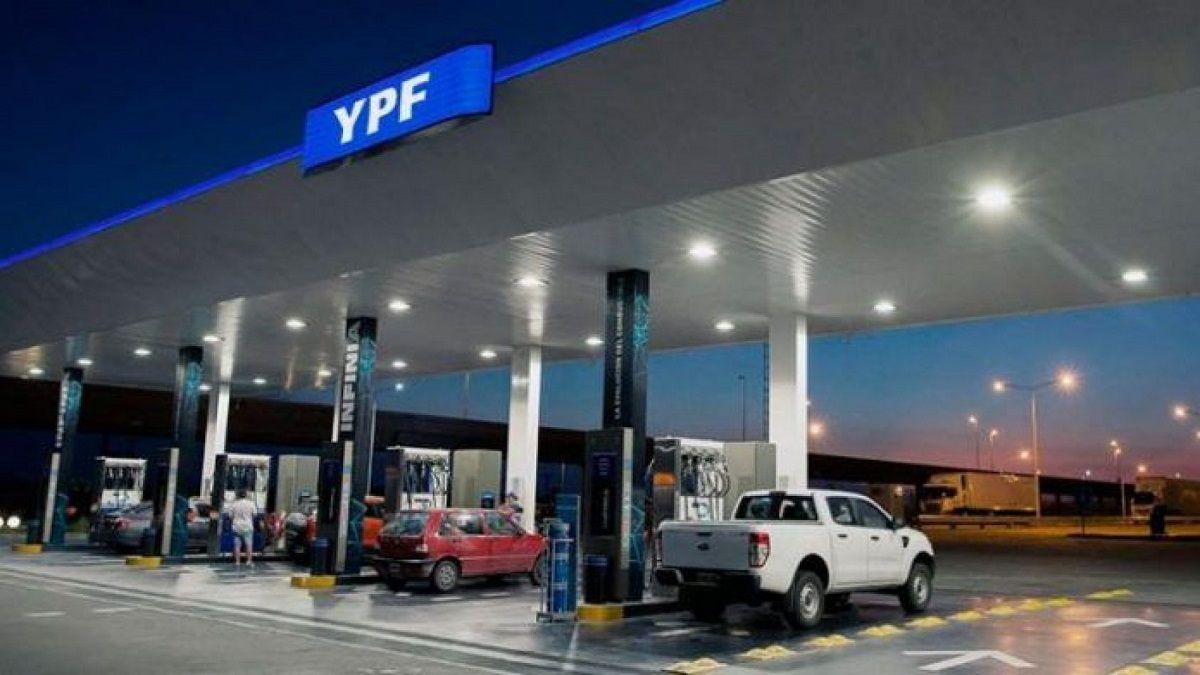Argentina was a producer of hydrocarbons but did not have the leadership of its energy policy. The great alert came when in 2011 for the first time there was a negative trade balance in fuels.
“The logic of Repsol’s management, which had bought it at a bargain price in the 1990s, was to stop investing and go into debt. YPF ended up working within the logic of the multinational, where the last priority was that we had accessible gas and oil in Argentina. The nationalization was for the country a question of sovereignty”, declared the governor in IP consulted on the subject. Later, the official remarked that the situation of the oil company managed by Repsol “had come in a catastrophic fall”, with drops of 40 to 42% in oil and gas. Kicillof explained that state management managed to reverse this situation by growing “25% in gas, 16% in oil, and with the start-up of Vaca Muerta.”
Vaca Muerta represents the second unconventional gas reserve and the fourth in oil in the world. The current president of YPF, Pablo González, recalled the nationalization and gave details about the current state of the oil company. “The decision to recover YPF was one of the most momentous in the company’s history.”
According to an ECLAC report, three years after the nationalization the results were visible: “The decision to reinvest those profits. This, plus the financing that YPF was able to obtain, led to a significant expansion of investments and the consequent capitalization of the company which, in turn, was underpinned by the official policy towards the sector as a whole of increasing domestic prices to boost activity.These resources were channeled to the local hydrocarbon complex They made it possible to imprint another dynamic on YPF and break the downward trend registered by oil and natural gas production flows, as well as the reserves of these fuels. Mainly, the two provinces where the greatest dynamism was noted were Santa Cruz and Neuquén, with different characteristics to the extent that the latter has great potential in unconventional resources,” said Mariano Barrera, Damián Kennedy and Hernán Palermo.
In relation to the production of Vaca Muerta at the country level, YPF contributes 60% in oil and 30% in gas. In 2022, the company plans to invest US$1.6 billion to increase oil and gas production in Vaca Muerta by 40%. The cost of developing YPF’s operations in Vaca Muerta was reduced by 56% in six years and is very close to international values (with values similar to those of the Permian, which is the United States development that most resembles Dead cow).
Like all companies in the country, YPF received a severe blow. But in 2021, it managed to bounce back with an investment of $2.7 billion. Among the main indicators of this recovery is that in 2021, for the first time in five years, hydrocarbon production was not negative and it was possible to stop the decline of mature fields through secondary and tertiary recovery.
By 2022, the company projects a 40% growth in investment with a total of US$3.7 billion that will be allocated to the development of Vaca Muerta and the modernization and adaptation of the refineries. In renewable energies, YPF is also being a relevant player with the production of three wind farms, the second largest producer of renewable energies in the country.
In commemoration, Martin Guzmancurrent economy minister celebrated 10 years of nationalization on his social networks: “Today we can talk about building energy sovereignty because a strategic decision was made 10 years ago. Today Vaca Muerta is as important as it is because of that very decision. Recover YPF was an act of sovereignty that changed the dynamics of the sector.”
embedded
Today we can talk about building energy sovereignty because a strategic decision was made 10 years ago. Today Vaca Muerta has the importance it has for that very decision. Recovering YPF was an act of sovereignty that changed the dynamics of the sector. pic.twitter.com/VqX7xq1YBX
– Martin Guzman (@Martin_M_Guzman) April 17, 2022
“The most relevant transformation was the notable increase in investment to start up the productive development of Vaca Muerta, the world’s second largest unconventional gas reserve and the fourth unconventional oil reserve. And thus, changing the energy history of our country” , he added. “After a new stage of disinvestment and decline since the end of 2015, YPF is going through a remarkable recovery process, with the largest investment program in the last five years (USD 3.7 billion). When YPF grows, the entire national energy industry is boosted “.
“Today Argentina faces a great opportunity to accelerate energy development, which would be transformational for our production system and economic stability. The decision on YPF on April 16, 2012 makes this path possible 10 years later”he concluded.
Source: Ambito
David William is a talented author who has made a name for himself in the world of writing. He is a professional author who writes on a wide range of topics, from general interest to opinion news. David is currently working as a writer at 24 hours worlds where he brings his unique perspective and in-depth research to his articles, making them both informative and engaging.




